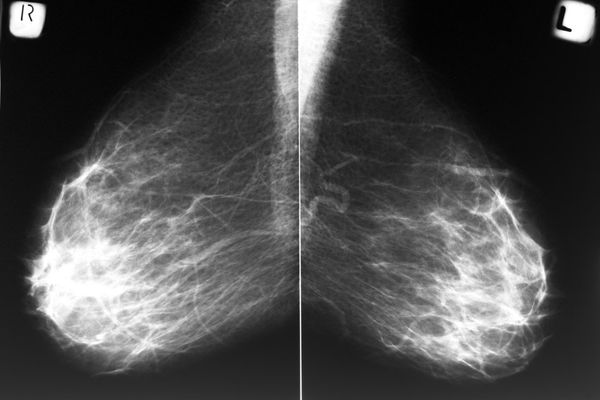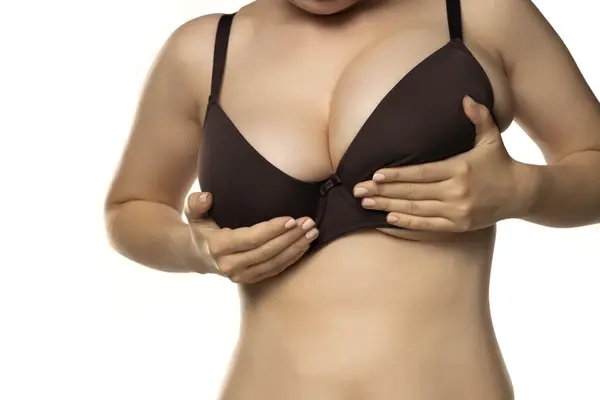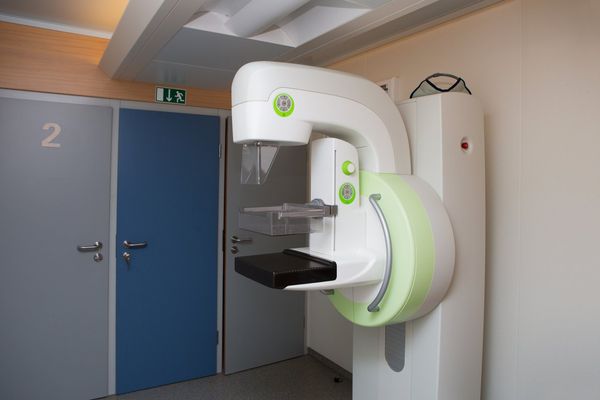Q:
I recently read a list of breast cancer symptoms that included an increase in the crustiness in the nipple area. This seems to ebb and flow as the years go by, but has increased somewhat in the past year. I am 54 years old with no family history of breast cancer. Should I be concerned about the crustiness?
A:
While many women know that a lump or abnormal bump in their breast is cause for concern, few know that there are other, less obvious signs of a potential breast cancer. These include puckering, swelling, and retraction of the skin of the breast or the nipple, and, as you learned, nipple discharge. The crustiness you're referring to is likely related to the discharge from the nipple that has dried, forming a crusty scale.
In most cases, nipple discharge is nothing to worry about. It could be due to cysts in the breasts, non-cancerous tumors, or infection, among other conditions. Certain medications can lead to nipple discharge, as can consuming high amounts of caffeine, smoking and hormone therapy.
Generally, a discharge from both breasts, or one that is yellow, green, blue, or black is due to benign causes. But if you have a clear, colorless, or bloody discharge, particularly if it is only coming from one breast and spontaneous, you should be concerned.
In about 10 to 15 percent of cases, nipple discharge, particularly crusty nipples, may be a sign of breast cancer. In fact, one form of breast cancer called Paget's disease is marked by a crusty or scaly nipple sore or a discharge from the nipple.
This form of breast cancer does not usually show up on a mammogram and requires special procedures to identify. If you have crusty nipples (and you're not breastfeeding or pregnant), then you should see your health care professional.
He or she may want to refer you to a radiologist for testing. Breast imaging in addition to a mammogram may be required in order to identify specific problems causing the nipple discharge. The radiologist will likely perform a ductogram, also called ductography or galactography. The doctor gently inserts a small, hollow tube into the ductal opening of the nipple, then injects a small amount of a contrast dye into the tube and takes an x-ray. The dye helps the doctor see the duct on the tube and identify any problems.
The radiologist may also choose to perform an ultrasound or magnetic resonance imaging (MRI) to exam the breast, even if the results of other tests are negative.
Bottom line: If you have any discharge from your breast, and you are not pregnant, nursing, or have recently breastfed a baby, see your doctor for a complete evaluation.






